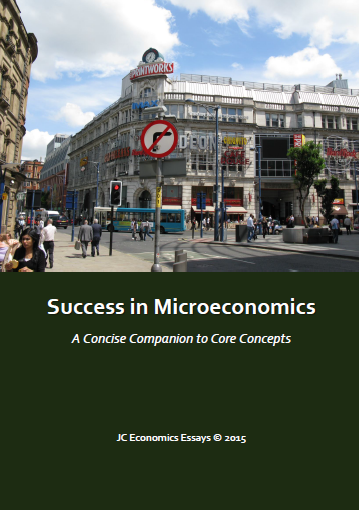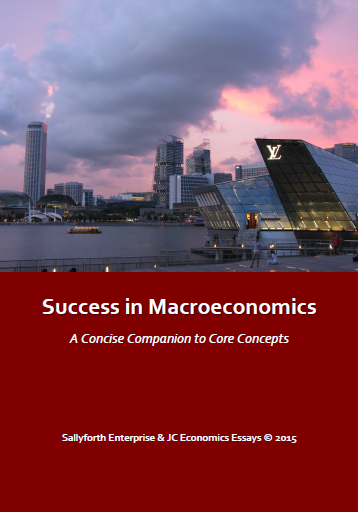“In 2003, China
Adapted from The Straits Times, 2004
Discuss the
effectiveness of government policies that could be used to deal with China
Introduction
Demand-Pull Inflation
Insert Economics diagram here.
What Economics diagram should go here?
In
the diagram above, it is clear that increases in consumption (C) and investment
(I) have led aggregate demand (AD) to shift to the right, which constitutes in
this case actual economic growth, and thus inflation has resulted because the
economy is near the full employment level. With a burgeoning middle class in China wanting to spend on consumer goods and
other luxuries, and with domestic and foreign firms wanting to capitalise on
the rising middle class in China
Effectiveness of
Government Policies
In
the short run, contractionary demand management policies such as fiscal policy,
monetary policy, or exchange rate policy can be used, to shift AD to the left
and thus reduce inflationary pressures. In the longer term, supply-side
policies can be used to increase the AS and thus reduce inflationary pressures.
What
is the effectiveness of demand-side policies in China China
What
is the effectiveness of supply-side policies in China
Ineffectiveness of
Government Policies
On
the other hand, the Chinese government has to be aware of possible limitations
of such policies. First, contractionary fiscal policy might lead to unemployment
and political problems if Chinese State Owned Enterprises laid off staff or if military
spending were to be cut. Rising income taxes could hinder productivity and
labour incentives because people might not work as hard. Corporate taxes, when
raised, might affect the profitability of firms. These might lead to
unemployment or lower actual economic growth.
Secondly,
monetary policy could be highly ineffective in China China operates a fixed exchange rate and
therefore the economic “trilemma” should apply to China China
Thirdly,
supply-side policies operate in the long run but inflation affects China
Conclusions
In
conclusion, the Chinese government can use fiscal, monetary, or exchange rate
policies in conjunction with longer term supply-side policies to tackle
demand-pull inflation. However, multiple management policies would probably
have to be implemented in order to successfully counteract the “overheated
economy”. Also, there are trade-offs in that an excessive handling of inflation
could lead to unemployment and slower actual economic growth, and governments
should be aware of the trade-offs and their implications.
JC Economics Essays – Tutor's Commentary: The above Economics essay is on the interesting and current topic of inflation in China



